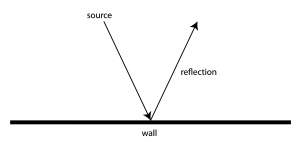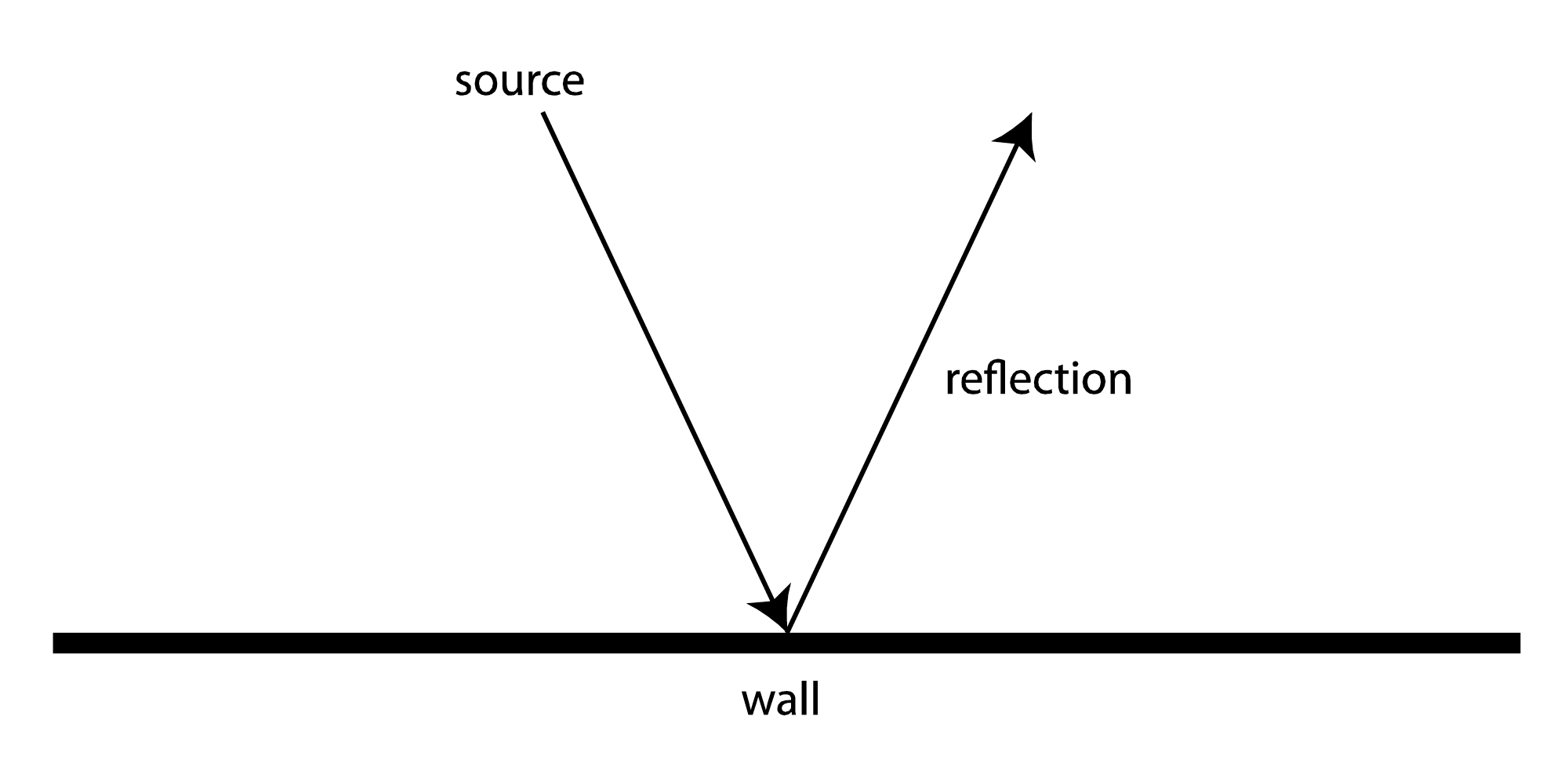
When surface imperfections are smaller than the wavelength of the incident light (as in the case of a mirror), virtually all of the light is reflected equally. The amount of light reflected by an object, and how it is reflected, is highly dependent upon the degree of smoothness or texture of the surface. The reflected light produces a mirror image. Regardless of whether light is acting as particles or waves, the result of reflection is the same. Because the particles are so small, they travel very close together (virtually side by side) and bounce from different points, so their order is reversed by the reflection process, producing a mirror image. The best surfaces for reflecting light are very smooth, such as a glass mirror or polished metal, although almost all surfaces will reflect light to some degree.Īccording to particle theory, which differs in some important details from the wave concept, light arrives at the mirror in the form of a stream of tiny particles, termed photons, which bounce away from the surface upon impact. It is important to note that the light is not separated into its component colors because it is not being “bent” or refracted, and all wavelengths are being reflected at equal angles. This concept is often termed the Law of Reflection. Thus, the angle of incidence is equal to the angle of reflection for visible light as well as for all other wavelengths of the electromagnetic radiation spectrum. Visible white light that is directed onto the surface of a mirror at an angle (incident) is reflected back into space by the mirror surface at another angle (reflected) that is equal to the incident angle, as presented for the action of a beam of light from a flashlight on a smooth, flat mirror in Figure 2. The incoming light wave is referred to as an incident wave, and the wave that is bounced away from the surface is termed the reflected wave.

However, it wasn’t until a millennium and a half later that the Arab scientist Alhazen proposed a law describing exactly what happens to a light ray when it strikes a smooth surface and then bounces off into space. And a direct consequence is that the angle of incidence equals the angle of reflection.Some of the earliest accounts of light reflection originate from the ancient Greek mathematician Euclid, who conducted a series of experiments around 300 BC, and appears to have had a good understanding of how light is reflected. This is known as "Fermat's law of refraction," and it says that light seems to magically find the shortest-time path between two points.

But if the path is either the fastest or slowest path from point A to point B, then something magical happens: all of the nearby paths take about the same time, so all of the arrows line up, so you get a very large probability that the object moves in that way.

If they all have a different time then each arrow is tilted a little more relative to the last one, and as you add them together, they describe something very circle-like and it will not get far away from the initial point. Now if there is a path, and there are other possible paths "nearby" that one, like on a mirror, we have to consider if they take a different time or not. We add up all of these little arrows by connecting them tip-to-tail and then ask how far away the final point is from the initial point, which is a measure of the probability that the photon goes in that direction. Each path can be thought of as a little arrow rotating in 2D at a constant rate with respect to time (the photon's "frequency"). Our modern understanding is that a photon is able to sense every path that it could possibly take from A to B. So a single atomic electron that gets excited in this way indeed does not have this property, and indeed a vast number of them can do this in parallel without functioning this way: this is part of the classical explanation for why the sky is blue.įurthermore it matters that the surface is flat: if you cut little parallel lines in the surface then you get a spectrometer this is part of the explanation for why you see rainbows in the "data track" of a CD or DVD.įurthermore you see the same reflection when you analyze things like reflection from a glass, even though there is also a transmitted wave.


 0 kommentar(er)
0 kommentar(er)
